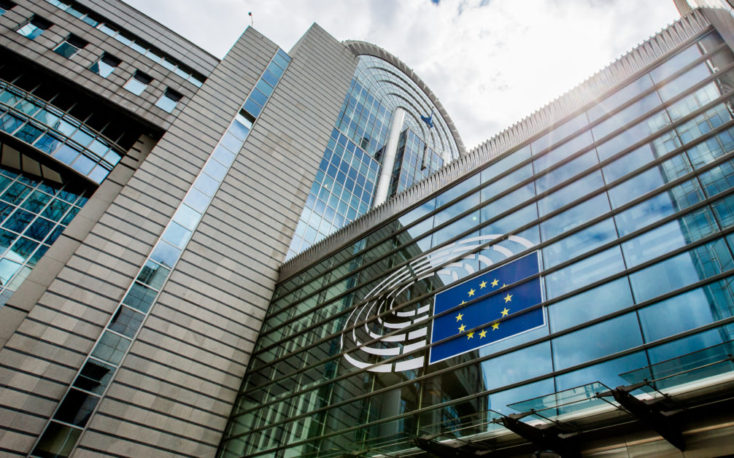The European Panel Federation (EPF), the European Organisation of the Sawmill Industry (EOS) and the European Confederation of Woodworking Industries (CEI-Bois), organised the 7th Club du Bois meeting under the chairwomanship of Mrs Maria Noichl, MEP, on 17th October at the European Parliament in Brussels.
This edition focussed on the European woodworking industry and its threats & opportunities.
Paul Brannen MEP opened the event highlighting that the focus of the Bioeconomy Strategy from 2012 seemed to be novel uses of biomaterials, in particular further down the value chain. The updated EU Bioeconomy Strategy from earlier this month recognises the role biomaterials, namely wood used in construction, play in the EU priorities, one of them being building a carbon neutral future in line with the climate objectives of the Paris Agreement. He also underlined that this recognition is likely a result of the successful lobbying and liaising with the Commission and he thanked the Commission. While we always used to build in wood, engineered timber now allows us to build at height and at scale, some of the best examples of which we have in Europe, including the largest structure built in wood, in Hackney in London.
The presentation of Mrs Miceli (Policy Advisor, CEI-Bois) offered some insights on the statistics of the woodworking sector as an important contributor to the European Bioeconomy. Mrs Miceli also highlighted how the Strategy recognises the contribution of the wood products to the fight against global climate change thanks to its greenhouse gas (GHG) emissions saving potential, with an average of 2.1 tons of CO2 saved per ton of wood used in construction as a replacement for concrete.L ooking at the economic contribution, the woodworking and furniture sector are together the third largest sector of the Bioeconomy in terms of employment and the fifth for turnover.
Diego Benedetti, Economic and Policy Advisor of the European Organization of the Sawmill Industry (EOS), gave a presentation on the sawnwood’s market outlook titled: The European Sawmill Industry: global market developments and trends. A short macroeconomic overview set the scene: Mr Benedetti explained that GDP in the EU is set to grow by 2% both this year and probably in 2019, too. In the medium-long term Mr Benedetti argued that the market has a huge untapped potential: per capita sawn softwood consumption in Europe is five times as high as in China and immensely higher than in India.
Mr Clive Pinnington, Managing Director, EPF began his presentation with the good news that wood-based panels production has grown by an average of 2.3% over the last 5 years (compared to 1.8% GDP over the same period). This faster progress than GDP shows rising demand for these ubiquitous products, increasingly seen in furniture, construction and other applications. Successful advocacy was commended by Mr Pinnington in winning increased prominence for Harvested Wood Products (HWPs) in the new Bioeconomy Strategy, as well as the recent LULUCF Regulation. Putting HWPs and wood-based panels at the heart of these, together with the Circular Economy, have been clear recent accomplishments. So too was the final text of the Renewable Energy Directive Recast that should secure respect for the Waste Hierarchy as well as a level playing field for raw materials, free from undue market distortions.
To read the full Report, HERE.




Leave a Reply